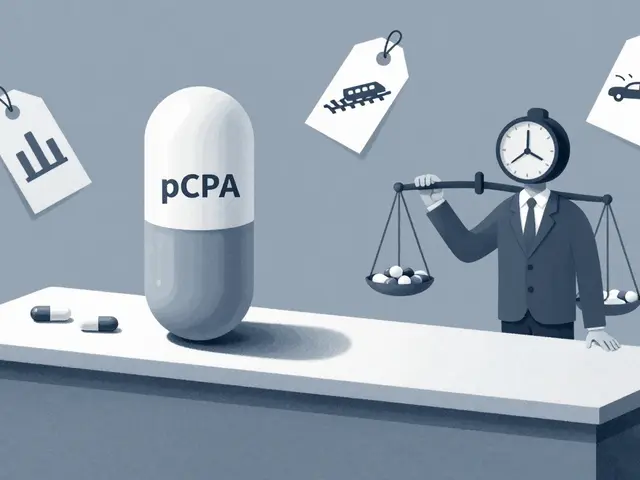Pain Medication Alternatives — Practical Options for Relief
Pain doesn’t always have to mean strong opioids. Depending on the type and length of pain, safer and effective alternatives exist. Below I’ll walk you through clear options you can try or discuss with your doctor so you can manage pain without jumping straight to high-risk medicines.
Short-term pain: OTC and topical choices
For aches from sprains, headaches, or mild arthritis, start with over-the-counter options. Ibuprofen (Motrin, Advil) and naproxen reduce inflammation and pain; acetaminophen (Tylenol) eases pain without the anti-inflammatory effect. Read labels and never exceed recommended doses—liver risk with acetaminophen and stomach/bleeding risks with NSAIDs are real.
Topical creams and patches are great when pain is local. Diclofenac gel, lidocaine patches, cooling menthol creams, or capsaicin can cut pain with less systemic exposure. They’re especially useful for joint pain, localized muscle strains, or post-surgical discomfort near the skin.
Chronic or nerve pain: prescription and non-drug options
Chronic pain or nerve pain (burning, tingling, shooting pain) often needs a different approach. Medications like duloxetine (an SNRI) and certain anticonvulsants like gabapentin or pregabalin target nerve pain and are common alternatives to opioids. These need a prescription and a talk about side effects and interactions with other drugs you take.
For migraine or tension headaches, preventive drugs (beta-blockers, some antidepressants) and non-drug tactics work well. For muscle spasm or rehabilitation pain, short courses of muscle relaxants plus physical therapy can reduce reliance on powerful pain meds.
Non-drug strategies matter. Physical therapy, graded exercise, heat/cold therapy, and targeted massage often lower pain scores and improve function. Cognitive-behavioral therapy (CBT), relaxation, and mindfulness help manage how pain affects daily life—sometimes reducing the need for meds.
Interventional options like steroid injections, nerve blocks, or radiofrequency ablation can help specific problems (e.g., joint or spinal pain) when simpler measures fail. These are done by specialists and can give months of relief without daily pills.
Safety tips: tell your clinician about all meds, supplements, and allergies. Combining drugs (for example, SSRIs and some pain meds) can cause interactions. If you have liver, kidney, or heart issues, some OTC and prescription options may be unsafe. Always check dosing closely and ask about taper plans if stopping a medication that’s been used long-term.
Want quick next steps? Match the strategy to the pain: local — try topicals and targeted therapy; inflammatory — an NSAID or physical therapy; neuropathic — ask about gabapentin or duloxetine; chronic — combine meds with rehab and behavioral therapy. If pain limits daily life, sleep, or mood, see a clinician for a tailored plan.
Our site tags collect articles on specific alternatives and safe use—check pieces on ibuprofen (Motrin), migraine options, nerve-pain drugs, and safer purchase tips for prescription meds if you shop online. Use those resources to learn more and to prepare questions for your provider.
Low-Dose Naltrexone: The Gabapentin Alternative for Neuropathy & Chronic Pain in 2025
Low-dose naltrexone (LDN) is catching eyes as a gabapentin alternative for neuropathy and chronic pain. This article breaks down pilot trial findings, practical prescribing tips, dosage details, and safety notes. It also explores how LDN measures up to longtime favorites like gabapentin and what real patients and doctors are saying in 2025. Dig into what really works, minus all the hype, to get helpful insights for anyone considering new options for nerve pain relief.






